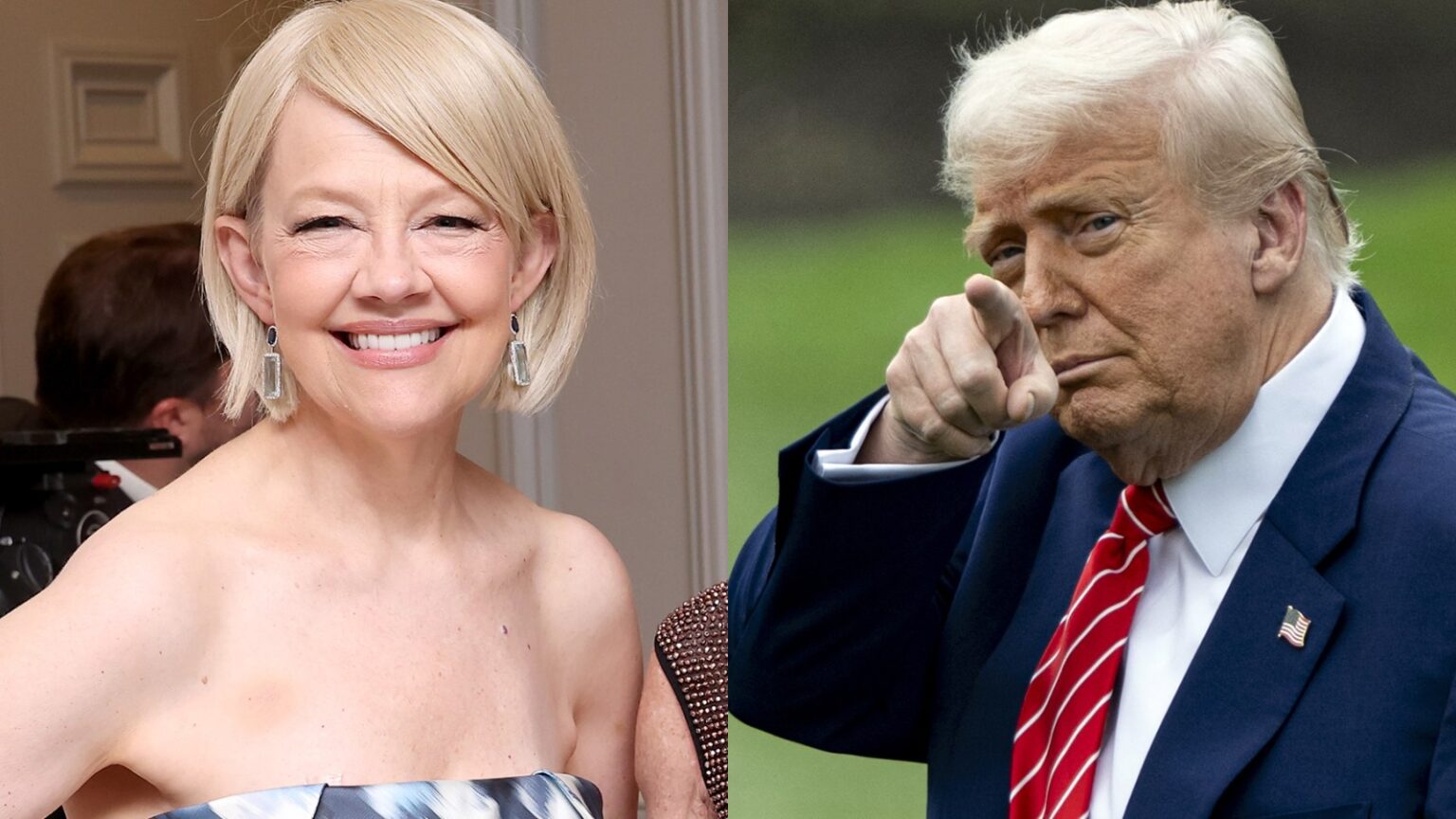Controversy Surrounds Smithsonian Leadership and Political Interference
Recent developments have intensified concerns over political influence within the Smithsonian Institution, as President Donald Trump continues to challenge its independence and initiatives promoting diversity, equity, and inclusion (DEI). On social media platform Truth Social, Trump announced plans to dismiss Kim Sajet, the director of the Smithsonian’s National Portrait Gallery, citing her perceived partisan stance and support for DEI programs.
President Trump’s Criticism and Proposed Dismissal of Kim Sajet
In a post, Trump stated, “Based on numerous requests from Americans, I am hereby terminating Kim Sajet’s appointment as Director of the National Portrait Gallery. She is excessively partisan and a strong advocate for DEI, which I believe is inappropriate for her role. Her replacement will be announced soon.” The president’s authority to remove Sajet remains uncertain, as the Smithsonian operates under federal oversight, complicating unilateral dismissals.
Attempts to obtain official comments from the Smithsonian or the National Portrait Gallery were unsuccessful, with representatives declining to comment directly to Rolling Stone.
Kim Sajet’s Background and Contributions
According to her biography on the Smithsonian’s website, Sajet made history as the first woman to serve as director of the Smithsonian’s National Portrait Gallery in Washington, D.C. Her career includes leadership roles such as president and CEO of the Historical Society of Pennsylvania, vice president and deputy director of the Pennsylvania Academy of the Fine Arts, and director of corporate relations at the Philadelphia Museum of Art. Her tenure has been marked by efforts to elevate the museum’s profile and expand its educational outreach.
Recent Political Moves and Their Impact on Cultural Institutions
Earlier in the year, Trump appointed himself chairman of the John F. Kennedy Center for the Performing Arts, leading to a wave of cancellations of programs and performances. Subsequently, he issued an executive order aimed at removing what he termed “anti-American ideology” from Smithsonian museums. This directive targeted displays or exhibits that “undermine shared American values, promote division, or conflict with federal regulations,” and tasked Vice President JD Vance with overseeing the implementation of these changes across the institution.
The Smithsonian’s Scope and Notable Exhibitions
The Smithsonian Institution encompasses 21 museums, making it the world’s largest museum, education, and research complex. It includes 14 educational centers and the National Zoo. The National Portrait Gallery currently features an exhibit showcasing photographs of every U.S. president, culminating with Kehinde Wiley’s 2018 portrait of Barack Obama and a 2017 photograph of Donald Trump by Matt McClain. The caption accompanying Trump’s image notes his unique presidential record, including being the only president to serve two non-consecutive terms, following his 2020 election loss and subsequent 2024 campaign.
Kim Sajet’s Perspective and Her Dedication to American Heritage
In an interview with The Guardian last year, Sajet, whose diverse background includes being born in Nigeria to Dutch parents, raised in Australia, and holding Dutch citizenship, shared her thoughts on her role. “I have a deep affection for the United States and consider it my home,” she said. “Part of my mission is to acknowledge the profound influence the U.S. has had worldwide. Reminding Americans of their contributions is an important part of my work.”
She expressed pride in her position, emphasizing the global impact of the museum’s work: “I am truly honored to serve at the U.S. Portrait Gallery, especially given the many individuals who have shifted perceptions not only within the country but across the globe.”
Current Trends and Future Outlook
The ongoing political interventions threaten to reshape the landscape of American cultural institutions, raising questions about the balance between government oversight and institutional independence. As debates continue, the Smithsonian’s future will likely reflect broader tensions over national identity, historical representation, and the role of public museums in fostering unity or division.

